We take the everyday materials of engineering for granted, as ubiquitous components rather than as complex items in their own right. Sure, we know that an integrated circuit represents the pinnacle of a hundred years’ development in the field of electronics, but to us it’s simply a black box with some wires. Even with more basic materials it’s easy to forget the work that goes into their manufacture, as for example with the two videos below the break. They both take a look from a very different angle at the creation of the same product: metal chain. However, the approaches couldn’t be more different as the two examples are separated by about a century and with vastly different techniques and material.
 The first film follows the manufacture of the chain and anchor that would have been found on a ship around the turn of the twentieth century. One of the text frames mentions Netherton Works, allowing us to identify it as being filmed at N. Hingley & Sons, a specialist anchor and chain manufacturer based in the area to the west of the English city of Birmingham known as the Black Country. It’s a window on a manufacturing world that has entirely disappeared, as large gangs of men do almost every task in the process by hand, with very few automated steps. There is scant regard for health and safety in handling the huge pieces of red-hot metal, and the material in question is not the steel we’d be used to today but wrought iron. The skill required to perform some of the steps such as forge-welding large anchor parts under a steam hammer is very significant, and the film alone can not convey it. More recent videos of similar scenes in Chinese factories do a better job.
The first film follows the manufacture of the chain and anchor that would have been found on a ship around the turn of the twentieth century. One of the text frames mentions Netherton Works, allowing us to identify it as being filmed at N. Hingley & Sons, a specialist anchor and chain manufacturer based in the area to the west of the English city of Birmingham known as the Black Country. It’s a window on a manufacturing world that has entirely disappeared, as large gangs of men do almost every task in the process by hand, with very few automated steps. There is scant regard for health and safety in handling the huge pieces of red-hot metal, and the material in question is not the steel we’d be used to today but wrought iron. The skill required to perform some of the steps such as forge-welding large anchor parts under a steam hammer is very significant, and the film alone can not convey it. More recent videos of similar scenes in Chinese factories do a better job.
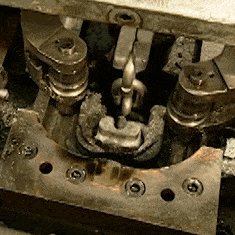 The other video is contemporary, a How It’s Made look at chain manufacture. Here the chains involved are much smaller, everything is done by automated machinery, and once we have got over marveling at the intricacy of the process we can see that there is far more emphasis on the metallurgy. The wire is hard drawn before the chain is formed, and then hardened and annealed in a continuous process by a pair of induction heaters and water baths. I’m trying really hard to avoid a minor rant about the propensity of mass-market entertainment such as this for glossing over parts of the process. A keen eye notices that each link has become welded but we are not shown the machine that performs the task.
The other video is contemporary, a How It’s Made look at chain manufacture. Here the chains involved are much smaller, everything is done by automated machinery, and once we have got over marveling at the intricacy of the process we can see that there is far more emphasis on the metallurgy. The wire is hard drawn before the chain is formed, and then hardened and annealed in a continuous process by a pair of induction heaters and water baths. I’m trying really hard to avoid a minor rant about the propensity of mass-market entertainment such as this for glossing over parts of the process. A keen eye notices that each link has become welded but we are not shown the machine that performs the task.
Most of us will never have the chance of a peek into a chain factory, so the medium of YouTube industrial films and videos is compulsive viewing. These two views of what is essentially the same process could not be more different, however it would be wrong to assume that one has replaced the other. There would have been mechanised production of small chains when the first film was made, and large chains will still be made today with fewer workers and from arc-welded steel rather than wrought iron. Plants like the Hingley one in Netherton may have closed in the 1980s, but there is still a demand for chains and anchors.
Continue reading “Retrotechtacular: Making Chains” →

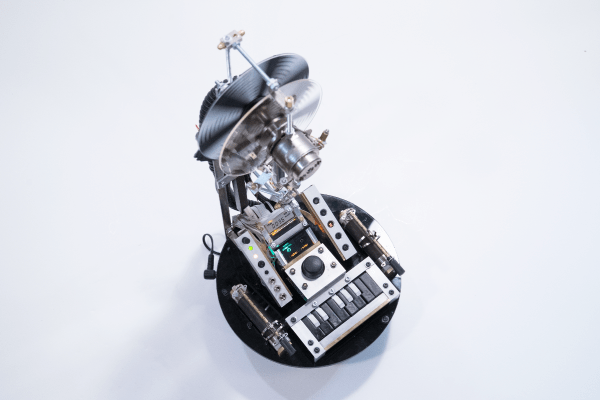

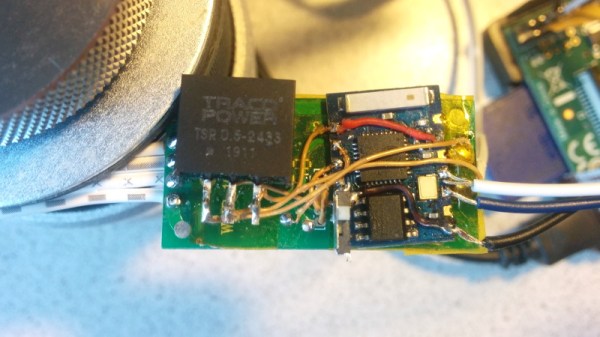

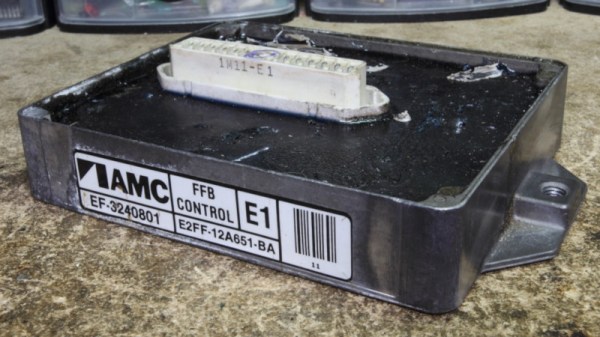


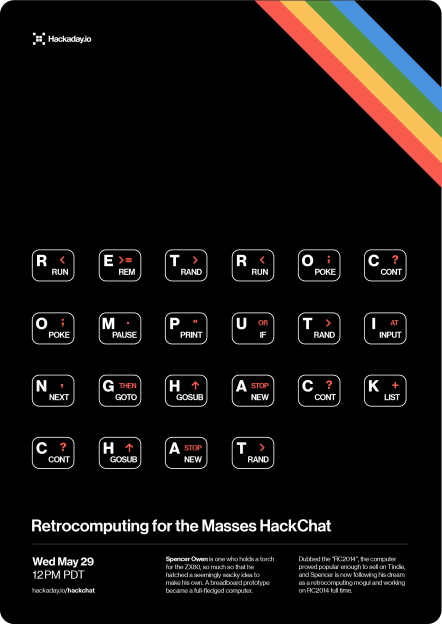


 The first film follows the manufacture of the chain and anchor that would have been found on a ship around the turn of the twentieth century. One of the text frames mentions Netherton Works, allowing us to identify it as being filmed at
The first film follows the manufacture of the chain and anchor that would have been found on a ship around the turn of the twentieth century. One of the text frames mentions Netherton Works, allowing us to identify it as being filmed at  The other video is contemporary, a How It’s Made look at chain manufacture. Here the chains involved are much smaller, everything is done by automated machinery, and once we have got over marveling at the intricacy of the process we can see that there is far more emphasis on the metallurgy. The wire is hard drawn before the chain is formed, and then hardened and annealed in a continuous process by a pair of induction heaters and water baths. I’m trying really hard to avoid a minor rant about the propensity of mass-market entertainment such as this for glossing over parts of the process. A keen eye notices that each link has become welded but we are not shown the machine that performs the task.
The other video is contemporary, a How It’s Made look at chain manufacture. Here the chains involved are much smaller, everything is done by automated machinery, and once we have got over marveling at the intricacy of the process we can see that there is far more emphasis on the metallurgy. The wire is hard drawn before the chain is formed, and then hardened and annealed in a continuous process by a pair of induction heaters and water baths. I’m trying really hard to avoid a minor rant about the propensity of mass-market entertainment such as this for glossing over parts of the process. A keen eye notices that each link has become welded but we are not shown the machine that performs the task.









